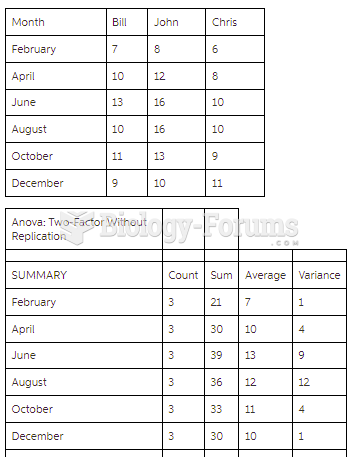Answer to Question 1
You can stress prominent ideas mechanically by underscoring, italicizing, or boldfacing text. You can stress ideas stylistically by using vivid words, labeling the main idea, and placing the main idea strategically within the sentence.
The three placement options include placing the main idea: (a) in the first or last sentence, (b) in a simple sentence or in an independent clause, and (c) as the subject of the sentence.
Answer to Question 2
A proposal includes (1 ) details about the manner in which the problem will be solved and (2 ) the price to be charged or costs to be incurred. Often the proposal is a lengthy report designed to sell the prospective buyer on the ability of the bidder to perform. However, a simple price quotation also constitutes a proposal in response to a request for a price quotation.
The format of a proposal depends on the length of the proposal and the intended audience:
A proposal may use a memo or email format when the length is short and remains within the organization. It can use a letter report format when the length is short and travels outside the organization. A proposal takes a formal report format when it is long and either remains within the organization or travels outside the organization.
Most work resulting from proposals is covered by a working agreement or contract to avoid discrepancies in the intents of the parties. In some cases, for example, users of outside consultants insist that each consultant be covered by a sizable general personal liability insurance policy that also insures the company. Many large firms and governmental organizations use highly structured procedures to ensure understanding of contract terms.
The following general parts, or variations of them, might appear as headings in a proposal: (1 ) Problem or Purpose, (2 ) Scope, (3 ) Methods or Procedures, (4 ) Materials and Equipment, (5 ) Qualifications, (6 ) Follow-Up and/or Evaluation, (7 ) Budget or Costs, (8 ) Summary, and (9 ) Addenda. In addition to these parts, a proposal might include preliminary report parts such as the title page, transmittal message, and contents, as well as addenda parts such as references, appendix, and index.
Problem and/or Purpose: Problem and purpose are often used as interchangeable terms in reports. The purpose of the proposal may be listed as a separate heading (in addition to Problem) when the proposal intends to include objectives of a measurable nature. When you list objectives such as To reduce overall expenses for compensation management by 10 percent, attempt to list measurable and attainable objectives, and list only enough to accomplish the purpose of selling your proposal. Many proposals are rejected simply because writers promise more than they can actually deliver.
Scope: When determining the scope of your proposal, you can place limits on what you propose to do or on what the material or equipment you sell can accomplish. The term scope need not necessarily be the only heading for this section. Areas Served, Limitations to the Study, and Where (specify topic) Can Be Used, are examples of headings that describe the scope of a proposal.







